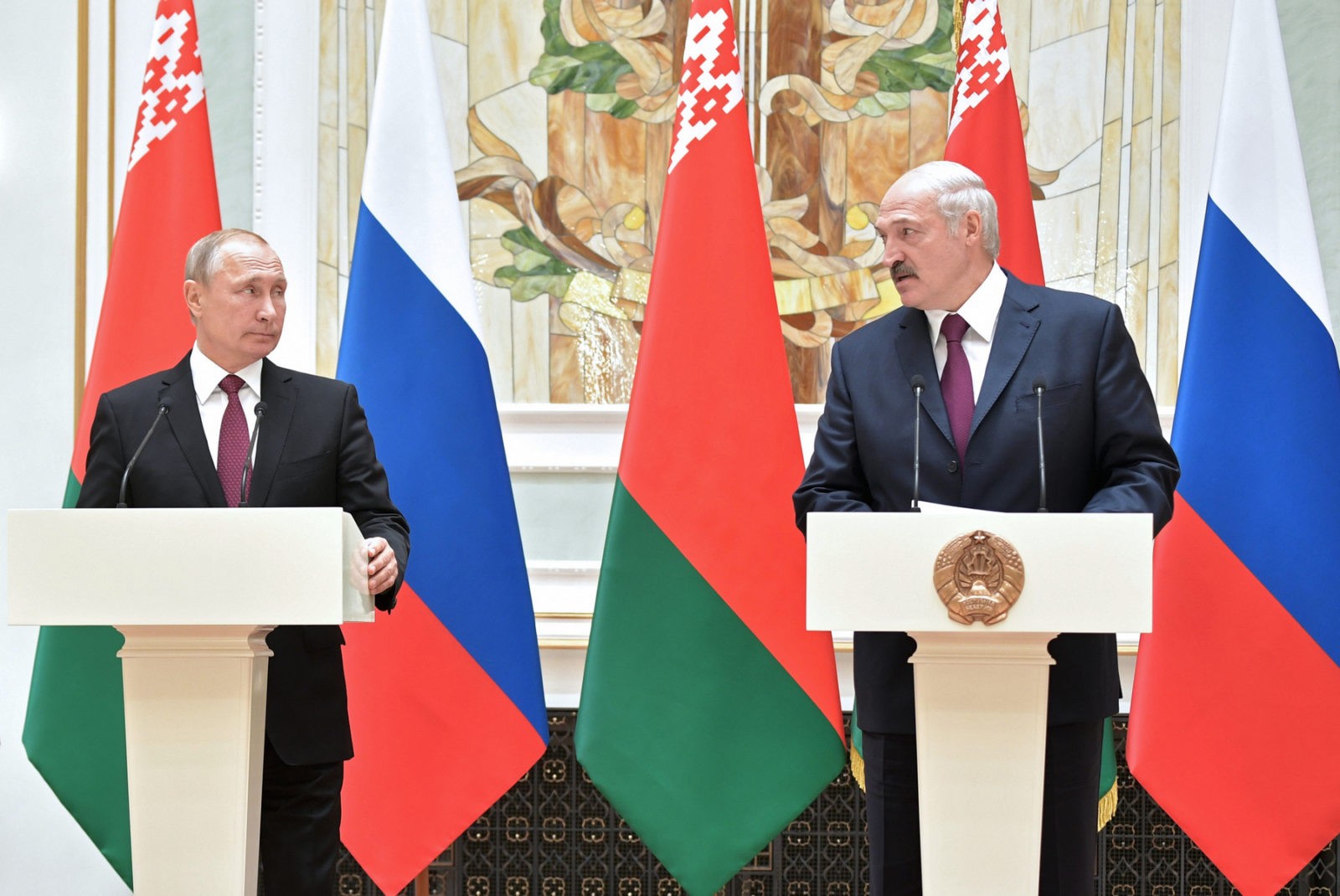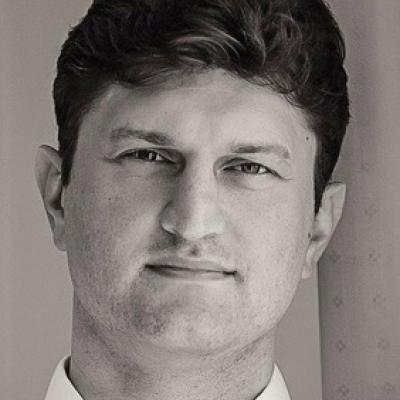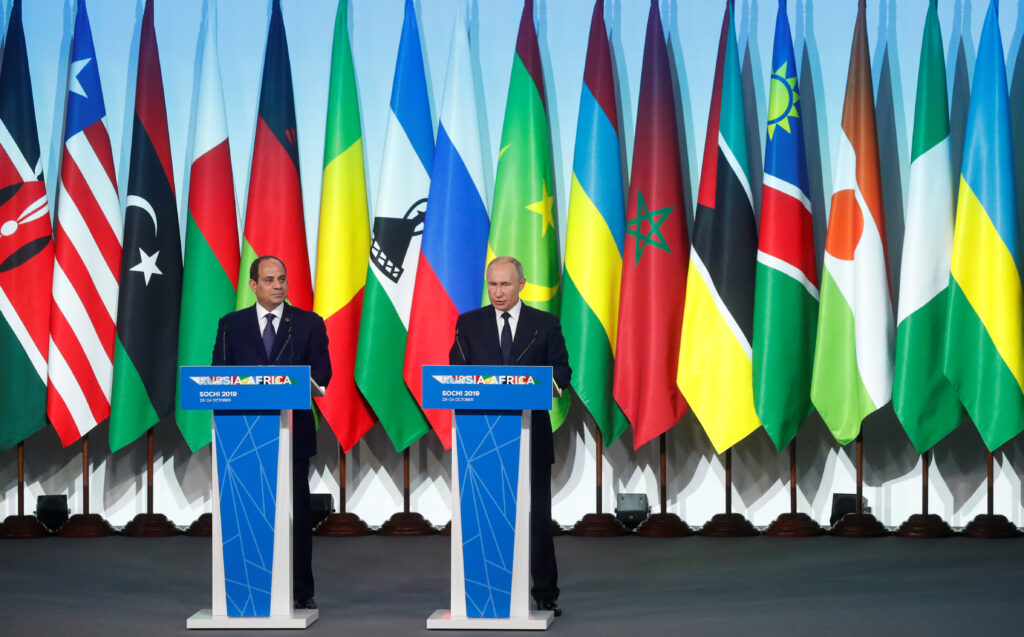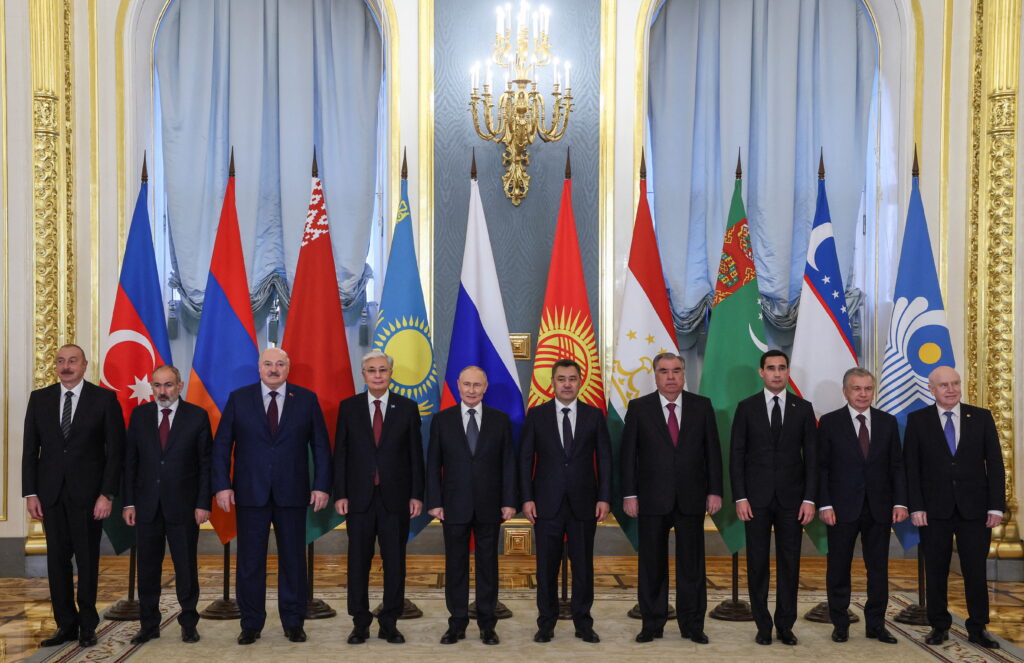Russia’s border control greets airport arrivals with signs marking a lane for Citizens of the Union State of Russia and Belarus. Thousands of people pass these signs every day. Not a single one holds a passport issued by this state. The documents they do hold are checked by the Russian border guards, not those of a Union. The virtual Union State doesn’t have any guards of its own. Nor does it have any of the other attributes of a legitimate state: no common currency or armed forces; no single market, legislation, legal or judiciary system; no international legal personality or citizenship. By comparison, EU integration is far more advanced, even though no one calls the EU a state. The founders of the Union State went too far in giving it such a high-flown name. However, there were certain political underpinnings.
BACK IN THE USSR
Like the citizens of other post-Soviet states, Russians paid dearly for the failure of the Soviet planned economy. The drop in real income and rise in mortality rates were enormous. Some estimates suggest 32.5% of Russian workers in the 1990s had wages below the subsistence level, while up to 62% of the population lived below the poverty line. Accustomed to paternalism and public welfare that persisted for decades, many failed to adjust to the new situation. VCIOM polls showed that 75% of Russians regretted the fall of the USSR. As few as 18% did not share this attitude. The more difficult the situation in the economy, the stronger the longing for the past. In fact, public nostalgia for the USSR was a protest against poverty, a manifestation of the dissatisfaction with their living conditions. In a sense, the concept of ‘back in the USSR’ became the Russian national idea of the 1990s.
As a result, the majority of Russians perceived other post-Soviet states as temporary breakaway territories which would be re-incorporated sooner or later. Such public sentiments built demand for corresponding political rhetoric. The opposition CPRF and LDPR parties openly called for the restoration of the Soviet Empire. The Kremlin leadership launched one integration project after another. It tried to convince its compatriots that each of the projects was a step forward on the road back to a political union of ‘fraternal republics’ under Moscow’s lead. Against a backdrop of economic turmoil, Boris Yeltsin found it extremely important to demonstrate success in relations with Russia’s neighbours, to ease the popular discontent caused by difficult living conditions, and at the same time to score points against his domestic opposition.
Yeltsin could boast his best success with re-integrating with Belarus. The Union State of Russia and Belarus, established in 1997, was preceded by a Commonwealth and Union between the two countries. Other post-Soviet republics were rather sceptical of the idea of sacrificing national sovereignty and independence for the sake of membership in a Kremlin integration project. Belarusian President Alexander Lukashenko was an exception to the rule, since he had a significant chance for a political future in a restored USSR. Many Russians perceived the motivated Belarusian leader, who preserved an ‘island of communism’ in his country, as a person capable of bringing a well-known stability back into their lives. He called for an end to ‘the artificial divide between fraternal peoples’ and criticised Moscow for its hesitation. These slogans resonated widely with ordinary citizens: Polls showed they would have voted for Lukashenko as the head of the unified state, rather than any representative of the Russian elite.
ANTI-YELTSIN
In the 1990s, Lukashenko’s ambitions went far beyond the borders of his country, whose independence could easily be sacrificed for the sake of the next step in his political career. Lukashenko frequently mentioned the need to unite Russia and Belarus, and advocated the establishment of supra-national bodies as soon as possible. The idea had many supporters in the Russian political milieu, including many heads of regions; in those days, they were elected directly, without the ‘presidential filter’. Rampant nostalgia for the Soviet days helped former chairmen of regional committees and former communist directors became governors of the regions. Their support was of colossal importance for Lukashenko, since it was the heads of the regions who were members of the Federation Council, and if there was a constitutional referendum or an election for president of the Union State, the lobbying power would be in their hands, not the Kremlin’s. That is why Lukashenko made every effort to strengthen ties with Russia’s regional elites. Unlike any other foreign leader, he toured the Russian provinces, sometimes without paying a visit to Moscow.
The Belarusian president was incredibly popular in the Duma, mostly comprising left-wing parties. The CPRF’s publications were full of laudatory reviews of the ‘Belarusian miracle’ and excerpts from transcripts of speeches by ‘the comrade from Minsk’. At rallies, party activists carried portraits of Lukashenko alongside those of Lenin and Stalin. Unlike his Kremlin counterpart, Lukashenko frequently delivered speeches in the building on Okhotny Ryad Street, and each time was welcomed with a standing ovation. Vladimir Zhirinovsky called Lukashenko ‘our mutual president’. This was no coincidence. Lukashenko used to be the most important argument in the power struggle between the State Duma and Yeltsin. For the MPs, he was the ultimate anti-Yeltsin. ‘Bats’ka’ (daddy) and his ‘Belarusian miracle’ upheld the illusion among the electorate that the Soviet political and economic system was still alive and could be preserved. That provoked challenges to Yeltsin’s policies.
Lukashenko himself never openly defied Yeltsin. But he willingly sided with the parliament in Russian political intrigues. For instance, he was the only post-Soviet leader who spoke favourably of the 1996 Duma resolution denouncing the Belovezha Accords, and did not support his Russian counterpart in the presidential election that followed. Nor did he back Yeltsin in the spring of 1999, when the Duma initiated impeachment proceedings against him. Instead, Lukashenko opted for the establishment of supranational structures of a united Russia and Belarus, and complained that the Russian president’s physical illness left him ‘toe to toe with the opponents of integration’.
AN ALLIANCE WITHOUT ALLIES
Ordinary Russians never decisively objected to integration under Yeltsin. Some seriously considered the possibility of incorporating Belarus. The Belarusian president rejected this scenario, as it did not give him any authority. Minsk proposed a directly elected parliament of the Union State, serving as a basis for supranational institutions. However, the Kremlin could not agree to this, believing that an alliance between the communists and Lukashenko would eventually result in ‘Lukashenisation’ of Russia. Hence, when the Treaty on the Creation of a Union State of Russia and Belarus was finally signed, the Russian presidential administration tried to remove from it any mention of supranational institutions Even so, the Duma was extremely enthusiastic about the ratification. Chairman of the Duma Committee for the CIS Georgy Tikhonov called the Treaty ‘the revival of our single state’ and ‘the greatest event of the century’. The communists were lavish with accolades and were so enthusiastic that they decided to invite Ukraine to join the Union State. ‘The revival of the Soviet Union’ was then mentioned as virtually a fait accompli in Russian political circles.
The Treaty on the Union State was submitted to parliament by Prime Minister Vladimir Putin, at the time already perceived as Yeltsin’s successor; the support of the Russian elite was of great importance to him. Putin was able to achieve this in particular thanks to the popular topic of the ‘revival of the USSR’, which became one of his priorities. For example, the Law on the Ratification of the Treaty on the Union State was one of the first documents he signed, literally the day after he was appointed Yeltsin’s successor. Minsk was his first official destination as president.
Relations between Lukashenko and the new occupant of the Kremlin turned sour at the very beginning. Putin insisted that a referendum on the incorporation of Belarusian territories should be held along with the election of the head of the single state in 2004. The young and popular Putin, who had already started building his ‘power vertical’, would have won the election. The Belarusian leader vehemently objected to this proposal, having stated that Belarus would never become the 90th province of Russia.
The wave of ‘colour revolutions’ in post-Soviet republics pushed the issue into the background and forced the Kremlin to moderate its tone in dialogue with Minsk. It became obvious that the creation of a union state had reached a deadlock. The most serious blow to the idea of the Union State of Russia and Belarus was dealt by the Kremlin’s foreign policy pursuits. Putin’s ‘political bureau’ did not consider it necessary to consult the idea of annexing Crimea or military intervention in the Donbas with its ally and ‘leader of the fraternal state’. Little wonder that Minsk didn’t want to share responsibility for the decisions made by the Kremlin and bear the burden of Western sanctions. Belarus still has not recognised the independence of South Ossetia and Abkhazia, while Crimea is still portrayed as part of Ukraine on Belarusian maps.
So what are the achievements of the Union State 20 years after its founding? The priorities set out by Putin in 1999 have not been achieved; there is no parliament, citizenship or single currency in the Union State. With a budget equal to 1% of the budget of Saint Petersburg, the Union State lacks not only ambition, but also money. Moscow and Minsk are still waging trade wars despite being parties to the Union State. In other words, ‘reunification of the two fraternal peoples’ has not been nearly as inevitable and objective as many thought in the 1990s. Since then, a new generation has emerged, and for them, the slogan ‘Back in the USSR’ is not enticing. The ranks of the generation nostalgic for the Soviet times are steadily depleting. The political landscape is gradually changing, and the Union State of Russia and Belarus will end up on the ash heap of history.










